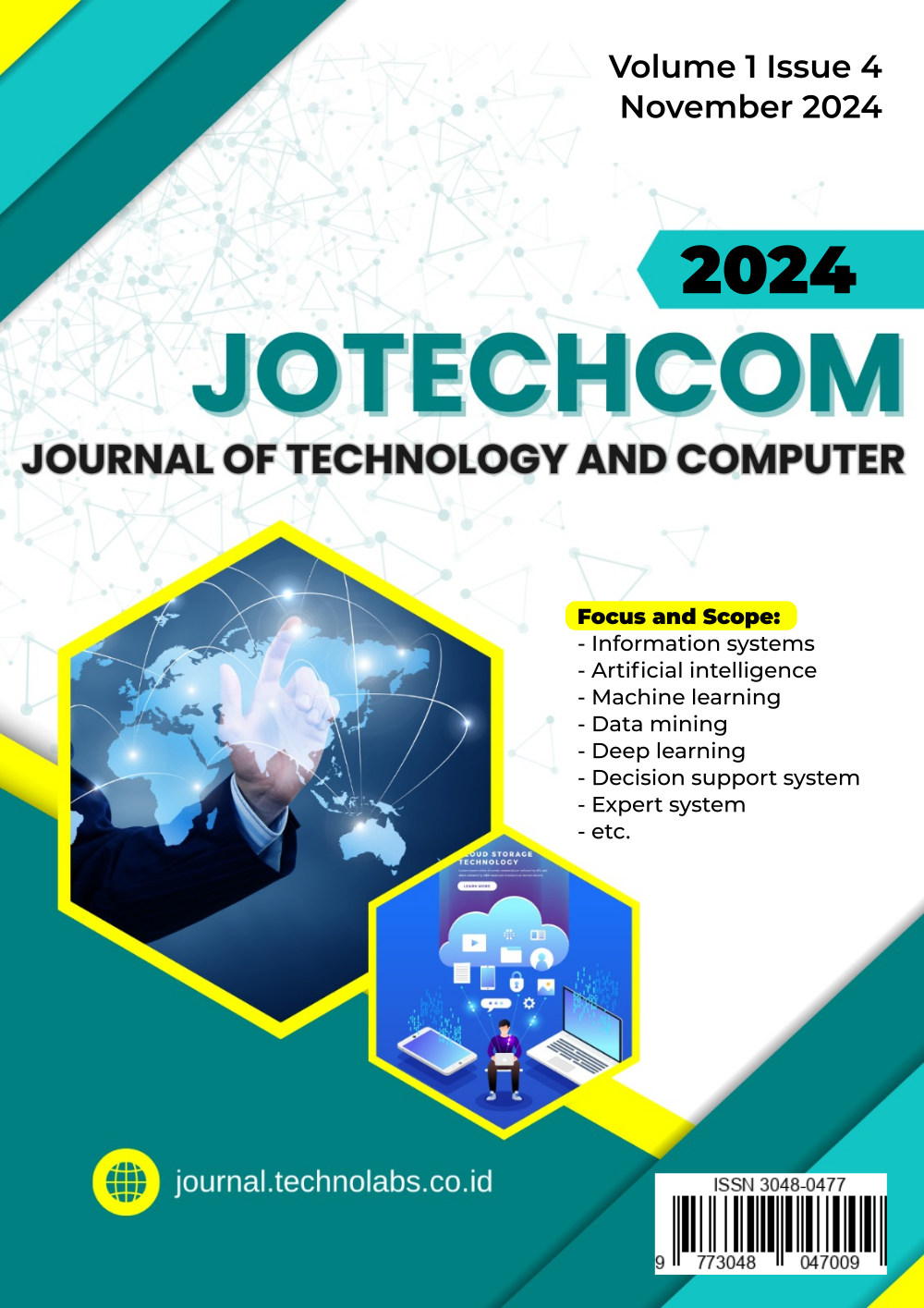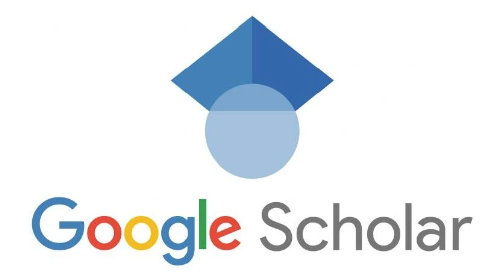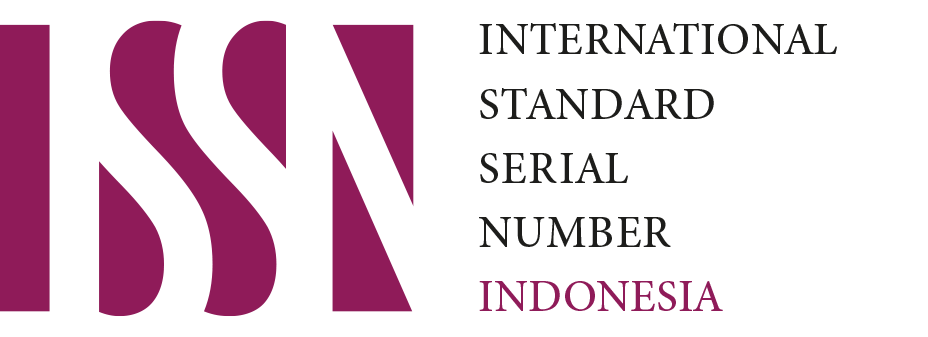Implementation Of The Unified Approach Method In Design Of A Website Based School Information System SMK PAB 5 Klambir Lima School
Kata Kunci:
Smartphone, Website, Intuitive and DynamicAbstrak
In the era of the times, all activities are done semi-online. In a sense, all activities can be done in 1 hand by utilizing technology (smartphone). Similarly, in presenting or explaining a product to the public, the delivery of information is not optimal if done with a paper presentation. It was found that the lack of maximum delivery of information to the public on products, or agencies that want to be introduced to the wider community. that you want to introduce to the wider community. This solution can be done by apply the technology of a website that is published to online media, mass media and other media. mass media and other media. It is hoped that with today's technology, the public can see whenever the information is disseminated. Information in the category of institutional profiles, new student admissions, and activities that are intuitive and dynamic. intuitive and dynamic.
Referensi
D. D. S. Fatimah and I. M. Faizal, “Rancang Bangun Sistem Informasi Wedding Organizer Berbasis Web Menggunakan Metode Unified Approach,” Jurnal Algoritma, vol. 18, no. 1, pp. 254–265, Nov. 2021, doi: 10.33364/ALGORITMA/V.18-1.841.
D. D. S. Fatimah, Y. Paryatin, and N. Nurhasanah, “Rancang Bangun Sistem Informasi Pelayanan Administrasi Surat Desa Berbasis Web Menggunakan Metode Unified Approach,” Jurnal Algoritma, vol. 18, no. 2, pp. 376–384, Jan. 2021, doi: 10.33364/ALGORITMA/V.18-2.842.
E. Widianto and D. Kurniadi, “Rancang Bangun Sistem Informasi Manajemen Keuangan RT/RW Berbasis Web,” Jurnal Algoritma, vol. 18, no. 1, pp. 246–253, Nov. 2021, doi: 10.33364/ALGORITMA/V.18-1.838.
L. Wang, “Design and implementation of J2EE-based statement feature recognition in English teaching system optimization,” Systems and Soft Computing, vol. 6, p. 200162, Dec. 2024, doi: 10.1016/J.SASC.2024.200162.
D. Lv, Z. Xu, J. Zhang, Y. Wang, and F. Dong, “Imbalanced node classification with Graph Neural Networks: A unified approach leveraging homophily and label information,” Appl Soft Comput, vol. 149, p. 110985, Dec. 2023, doi: 10.1016/J.ASOC.2023.110985.
C. Itodo and M. Ozer, “Multivocal literature review on zero-trust security implementation,” Comput Secur, vol. 141, p. 103827, Jun. 2024, doi: 10.1016/J.COSE.2024.103827.
J. P. Rarugal and N. L. D. Sermona, “Development and Evaluation of Remote Learning Management System using Intranet Network for Hinterland Schools,” Procedia Comput Sci, vol. 234, pp. 1633–1641, Jan. 2024, doi: 10.1016/J.PROCS.2024.03.167.
S. Setiaji and R. Sastra, “Implementasi Diagram UML (Unified Modelling Language) Pada Perancangan Sistem Informasi Penggajian,” Jurnal Teknik Komputer, vol. 7, no. 1, pp. 106–111, Feb. 2021, doi: 10.31294/JTK.V7I1.9773.
E. Nirmala, “Rancang Bangun Sistem Informasi Karyawan Berbasis Web Di Pt Mustikarama Citraperdana Dengan Metode Rational Unified Process (RUP),” Journal of Research and Publication Innovation , vol. 2, no. 2, pp. 1539–1547, May 2024, Accessed: Nov. 06, 2024. [Online]. Available: https://jurnal.portalpublikasi.id/index.php/JORAPI/article/view/809
A. Biahdilah and Y. Septiana, “Rancang Bangun Aplikasi Rekam Medis Berbasis Web,” Jurnal Algoritma, vol. 17, no. 2, pp. 361–367, Feb. 2020, doi: 10.33364/ALGORITMA/V.17-2.361.
Unduhan
Diterbitkan
Terbitan
Bagian
Lisensi
Hak Cipta (c) 2024 Journal of Technology and Computer

Artikel ini berlisensi Creative Commons Attribution 4.0 International License.














